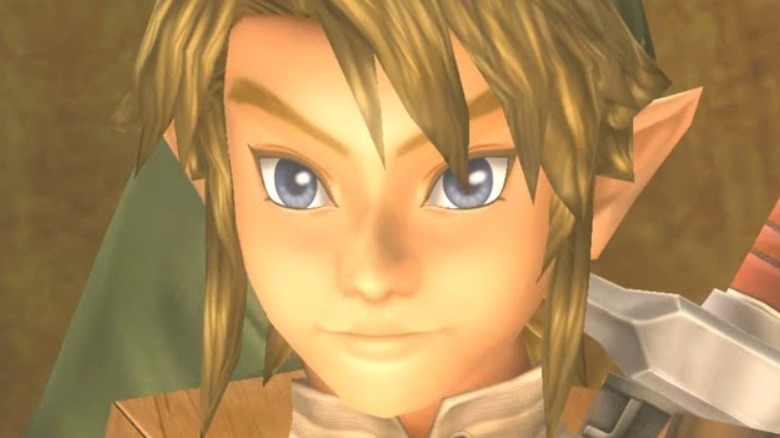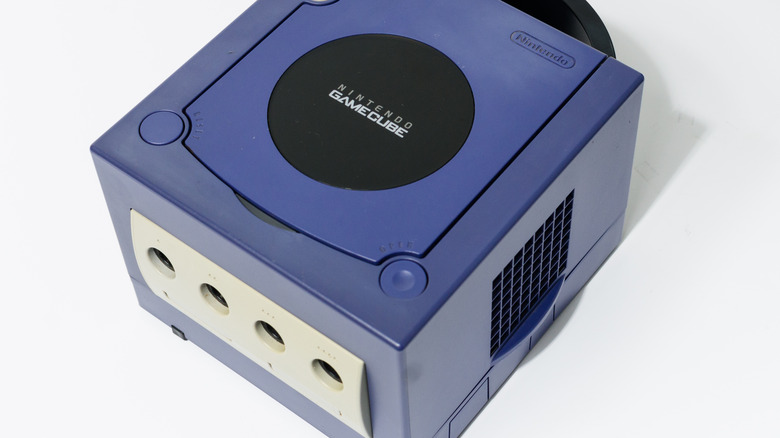The GameCube Almost Looked Very Different
Released in 2001, the Nintendo GameCube was an ambitious project. Competing against other consoles with arguably better hardware — such as Sony's PlayStation 2 and Microsoft's Xbox — the GameCube focused on the gamer experience and was the platform for some of the best games of all time, as well as some hidden gems along the way. Despite its challenges and disappointing sales figures when compared to its competition, the GameCube was a cult hit among gamers upon its release, being given praise particularly for its controller, console-exclusive games, and its attractive price point of only $199. That being said, the GameCube that consumers got almost turned out completely different while still in development.
In an eye-opening retrospective from Video Games Chronicle, former VP of marketing and corporate affairs for Nintendo's American branch, Perrin Kaplan, revealed that the purple edition of the GameCube was a heated source of contention among the team when it came to what the company initially developed. "We actually suggested that the purple was not the best to start with and [Japan] said, 'no, we're going to use that'," Kaplan told VGC.
Certain people at Nintendo thought its signature purple color was too "female" to market to Americans
According to Kaplan, there was a significant push to release the GameCube in a different color, instead of the now-iconic purple box. "We pushed for black and silver, because I think in the US nobody had ever really done the purple color before," he said. Kaplan went on to explain the perceived "negative" connotations associated with releasing a purple console. "It wasn't that you couldn't bring out hardware that was a different color, it was just a very... 'female' looking color. It just didn't feel masculine, I think. I remember us being very nervous at E3 that we were going to get bad press purely based on the color."
Dawn Paine — Nintendo UK's marketing director from 2001 to 2012 — also expressed issues with the GameCube's shape and color as it pertained to marketing the console to adults and teenagers. "Personally, I loved the GameCube, but even the look of it made some people perceive it more for kids than a wider appeal," Paine said. "If we could do it again, we would probably be less 16-34 and play to our strengths and gone after a more overtly family and kids audience."
While the GameCube did initially release with its purple color scheme in America, alternative colors of black and silver were later made available in the region, including an MTV-branded multi-colored striped version that is incredibly rare and valuable to this day.


